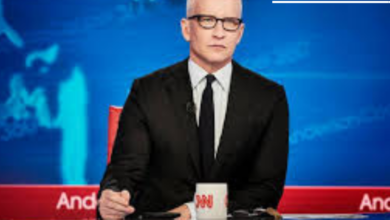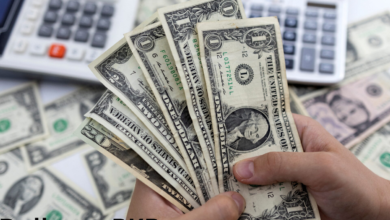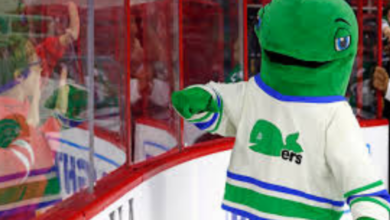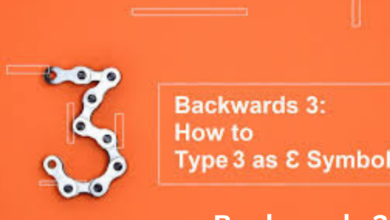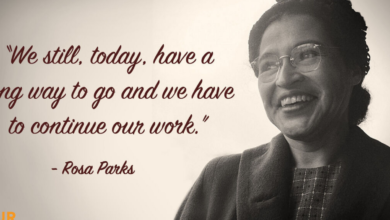Bubble Font The Ultimate Guide to Fun and Creative Typography
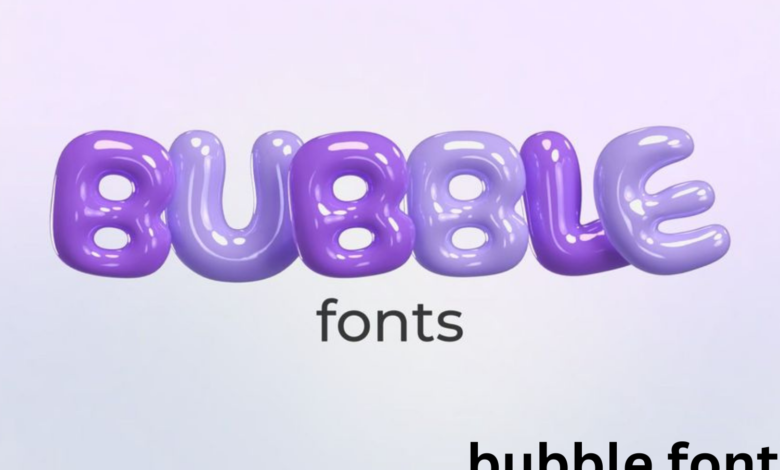
Typography is more than just arranging letters on a page; it’s an art form that can evoke emotion, tell a story, and capture attention. Enter the bubble font—a playful and eye-catching style that brings joy to any design project. With its rounded edges and soft contours, bubble font radiates fun and creativity. Whether you’re designing for children or simply want to add some whimsy to your work, this unique typography choice can make all the difference.
Bubbling with potential, these fonts have gained popularity in various spheres of design—from logos and branding to invitations and social media posts. In this guide, we’ll explore everything you need to know about bubble font: its history, types available, tips for effective use in projects, and how it impacts branding strategies. Get ready to dive into the world of bubbly letters!
History of Bubble Font
Bubble fonts have roots that trace back to the playful spirit of the 1960s and 1970s. This era embraced vibrant colors, psychedelic art, and a sense of freedom in expression. Artists began experimenting with typography, leading to an explosion of unique letterforms.
As pop culture blossomed, bubble fonts became synonymous with fun. They appeared on album covers, posters, and commercials aimed at children and young adults. Their whimsical shapes caught attention effortlessly.
The advent of digital design in the late 20th century further propelled bubble fonts into popularity. With software tools like Adobe Illustrator allowing creative flexibility, designers could easily customize these bubbly letters for various applications.
Today’s iterations continue to evolve while retaining that original zest for creativity and playfulness. The charm of bubble font remains timeless—a reminder that typography can be both functional and imaginative.
Types of Bubble Fonts
Bubble fonts come in various styles, each bringing its own flair to design projects. One popular type is the classic round bubble font. These letters are plump and inviting, perfect for playful themes.
Another variation is the outlined bubble font. This style features a bold outline with an empty center. It creates a striking contrast that stands out on any background.
For a more whimsical touch, you might explore graffiti-inspired bubble fonts. They blend urban aesthetics with rounded forms, ideal for street art or youth-centric branding.
Then there are 3D bubble fonts that add depth and dimension to your designs. These give off an eye-catching effect, making them suitable for posters or social media graphics.
Script-style bubble fonts combine bubbly curves with handwritten elegance, offering a personal touch that’s great for invitations or casual branding efforts. Each type brings unique vibes to the table!
How to Use Bubble Font in Design Projects
Bubble font adds a playful twist to any design project. Whether you’re creating posters, social media graphics, or branding materials, this font can elevate your work.
Start by choosing the right context for bubble fonts. They shine in casual settings or projects aimed at children. Think birthday invitations or fun event flyers.
Pair bubble fonts with vibrant colors and illustrations. This combination enhances their lively character and draws attention. Use them sparingly; too much can overwhelm your audience.
Consider readability when placing text over images. Ensure that the background complements the bubble font without causing confusion.
Experiment with size and spacing to create visual interest. A larger headline paired with smaller subtext creates hierarchy while maintaining an engaging look.
Always keep your target audience in mind as you incorporate this bubbly typography into your designs. The key is to have fun while ensuring clarity and coherence in your message!
The Impact of Bubble Font on Branding and Advertising
Bubble fonts bring a playful twist to branding. Their rounded, soft edges evoke feelings of fun and approachability. This makes them ideal for brands targeting younger audiences or those in creative industries.
In advertising, bubble fonts can stand out on crowded platforms. They catch the eye with their unique shapes, drawing potential customers in. When used effectively, they create memorable campaigns that resonate emotionally.
Moreover, these fonts communicate a brand’s personality quickly. A bold bubble font might suggest confidence and energy, while softer versions convey warmth and friendliness.
When integrated into logos or promotional materials, bubble typography enhances visual appeal and reinforces brand identity. It invites interaction and curiosity from consumers who appreciate creativity in marketing efforts.
The right use of bubble fonts can transform an average advertisement into something extraordinary by blending art with messaging seamlessly.
Tips for Creating the Perfect Bubble Font
Creating the perfect bubble font requires a blend of creativity and attention to detail. Start by choosing the right software that allows for easy manipulation of shapes. Tools like Adobe Illustrator or Procreate can be great options.
Focus on rounded shapes to achieve that signature bubbly look. Experiment with varying thickness for added depth but keep it balanced. Play around with colors, opting for vibrant hues or pastel shades depending on your project’s mood.
Consider adding outlines or shadows to make your letters pop even more. This gives them a three-dimensional feel, enhancing their playful nature.
Don’t shy away from incorporating unique elements like dots or stars within the letters. These small details can add character and charm.
Always test how your bubble font looks in different sizes and formats to ensure it maintains its appeal across platforms.
Conclusion: Why You Should Try Using Bubble Font in Your Designs
Bubble fonts bring a playful and creative edge to typography that can transform your designs. Their unique, bubbly appearance makes them stand out in any project, drawing attention and evoking feelings of joy. Whether you’re working on branding materials, social media graphics, or event flyers, integrating bubble font into your work can enhance visual appeal.
Experimenting with different styles of bubble fonts allows you to convey various emotions and messages effectively. The versatility of these fonts means they can fit seamlessly into both casual and professional contexts when used thoughtfully.
Embrace the fun side of design by incorporating bubble fonts into your projects. You may discover new ways to engage your audience while expressing creativity like never before. So why not give it a try? Your next design could be just a little more exciting with the addition of this charming typographic style.
